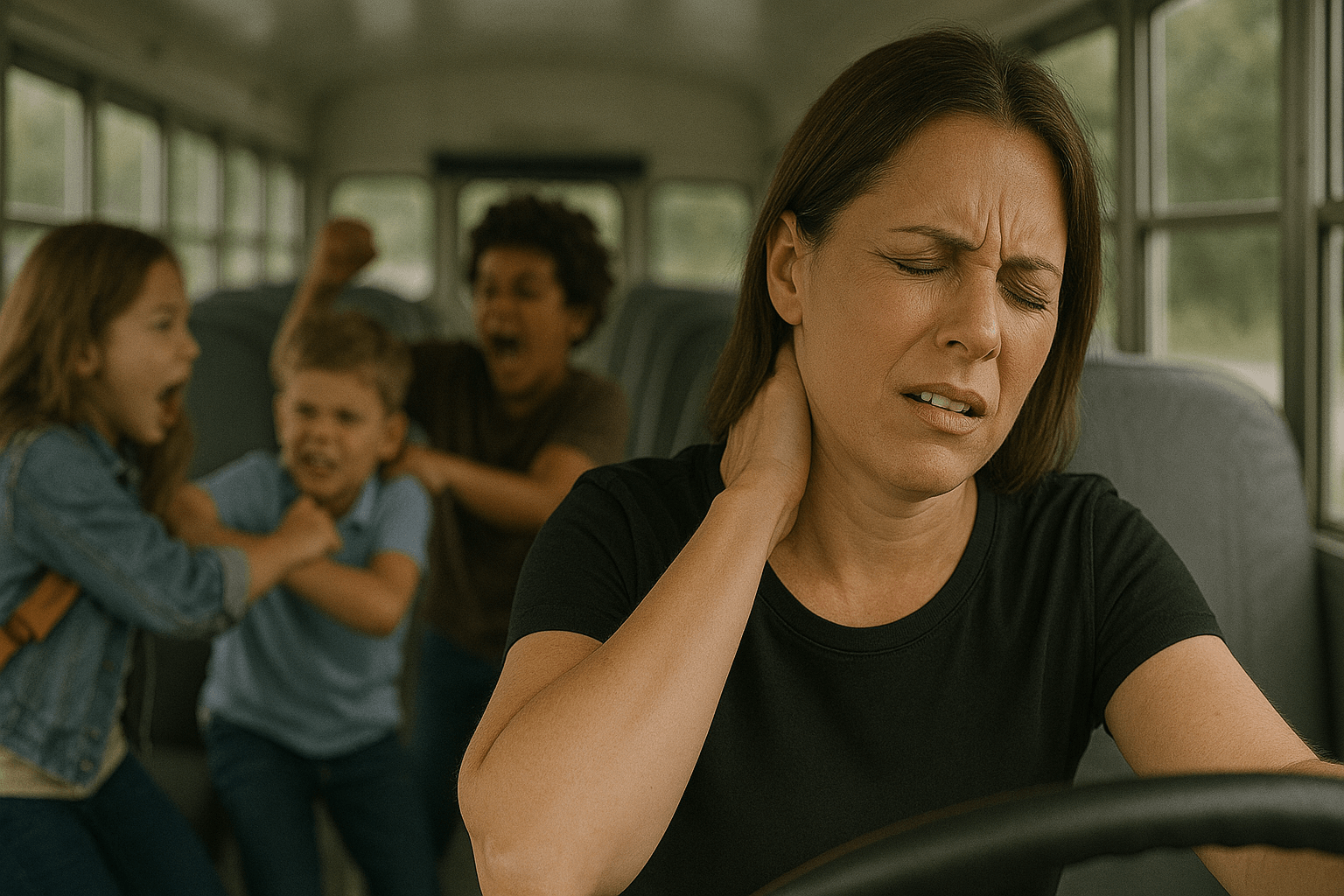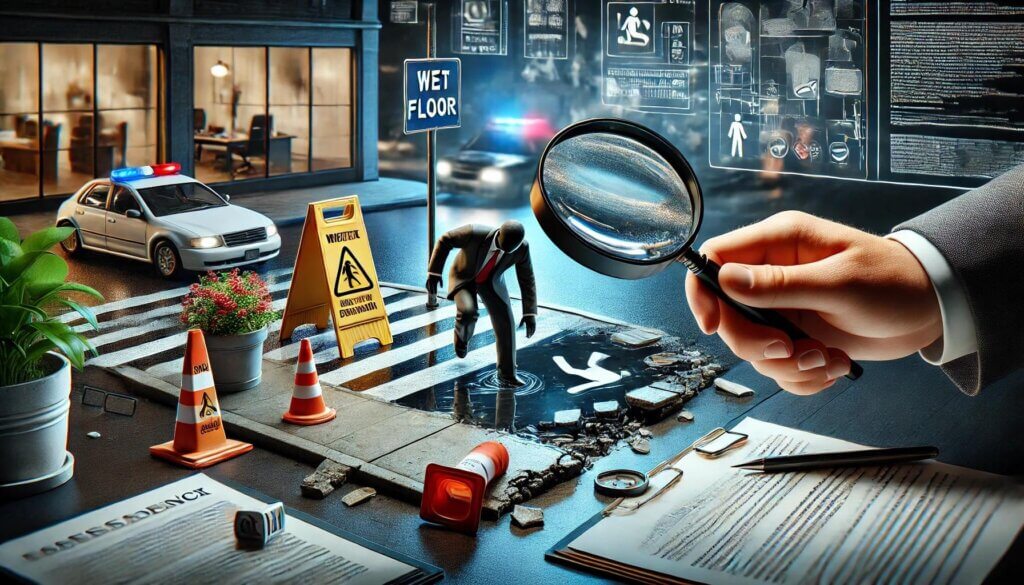Determining Fault in an Accident: A Comprehensive Guide
Introduction
Determining fault in an accident is a crucial aspect of personal injury cases. The party at fault is typically responsible for compensating the injured party for their losses. At SELPH LAW, located at 6047 Frantz Road, Dublin, OH 43017, we are dedicated to helping you navigate the complexities of fault determination and securing the compensation you deserve. Contact us at (614)-453-0971 for expert legal assistance.
Understanding Fault in Personal Injury Cases
Fault, also known as liability, is established based on evidence that shows one party’s negligence or recklessness caused the accident. The process involves several steps, including gathering evidence, analyzing facts, and applying relevant laws.
Key Factors in Determining Fault
Negligence: The primary factor in determining fault is negligence, which occurs when a party fails to exercise reasonable care, resulting in harm to another. To establish negligence, the following elements must be proven:
Duty of Care: The defendant had a legal obligation to act with reasonable care.
Breach of Duty: The defendant breached that duty by acting negligently.
Causation: The breach directly caused the accident and resulting injuries.
Damages: The plaintiff suffered actual damages as a result.
Comparative Fault: In some cases, both parties may share responsibility for the accident. Ohio follows a comparative fault rule, which means the compensation awarded to the injured party is reduced by their percentage of fault. For example, if you are found 20% at fault, your compensation will be reduced by 20%.
Strict Liability: In certain cases, fault is determined based on strict liability, where the defendant is held responsible regardless of negligence. This often applies to cases involving defective products or hazardous activities.
Gathering Evidence
Collecting and preserving evidence is essential in determining fault. Here are key types of evidence used:
Police Reports: Police reports often contain crucial details about the accident, including witness statements and the officer’s assessment of fault.
Witness Statements: Testimonies from witnesses who saw the accident can provide valuable insights into how it occurred.
Photographs and Videos: Visual evidence from the accident scene, such as photos and videos, can help reconstruct the events leading up to the accident.
Medical Records: Documentation of your injuries and medical treatment can establish the extent of your damages.
Accident Reconstruction: In complex cases, accident reconstruction experts can analyze evidence to determine how the accident happened and who is at fault.
Steps to Determine Fault
Investigate the Accident Scene: Visit the accident scene to gather evidence, take photographs, and interview witnesses.
Review Police Reports: Obtain and review the official police report for details and the officer’s assessment of fault.
Collect Witness Statements: Interview witnesses to gather their accounts of the accident.
Analyze Medical Records: Review medical records to document injuries and establish a timeline of treatment.
Consult Experts: Work with experts, such as accident reconstructionists, to analyze evidence and provide expert opinions on fault.
Common Types of Accidents and Fault Determination
Car Accidents: Fault in car accidents is often determined based on traffic laws and driver behavior. Common causes include speeding, distracted driving, and DUI.
Slip and Fall Accidents: Property owners may be held liable if they failed to maintain safe premises. Evidence of hazardous conditions, such as wet floors or broken stairs, is crucial.
Workplace Accidents: Employers may be liable if they failed to provide a safe working environment or adequate training.
Product Liability: Manufacturers can be held strictly liable for injuries caused by defective products. Evidence of design flaws or manufacturing defects is key.
Legal Assistance in Fault Determination
Determining fault can be complex and requires a thorough understanding of the law and evidence. At SELPH LAW, our experienced attorneys will:
Conduct a Comprehensive Investigation: We will gather and analyze all relevant evidence to build a strong case.
Consult Experts: We work with accident reconstructionists, medical professionals, and other experts to establish fault.
Negotiate with Insurance Companies: Our attorneys will negotiate with insurance companies to secure fair compensation for your injuries.
Represent You in Court: If necessary, we are prepared to take your case to court to ensure you receive the compensation you deserve.
Conclusion
Determining fault in an accident is a critical step in securing compensation for your injuries. At SELPH LAW, we are committed to helping you navigate this process and achieve the best possible outcome. If you or a loved one has been injured in an accident, contact us at (614)-453-0971 or visit us at 6047 Frantz Road, Dublin, OH 43017, for a free consultation. For more information, visit SELPHLAW.COM and let us help you protect your rights and secure the compensation you deserve.
Sub Categories
Recent Articles
-
 Jun 24, 2025Missing Work After a Car Accident in Ohio? Here’s How to Get Paid and What Insurance Won’t Tell You
Jun 24, 2025Missing Work After a Car Accident in Ohio? Here’s How to Get Paid and What Insurance Won’t Tell You -
 Jun 03, 2025Rear Ended but Still Being Blamed? Why Liability Isn’t Always Straightforward in Ohio Car Accident Claims
Jun 03, 2025Rear Ended but Still Being Blamed? Why Liability Isn’t Always Straightforward in Ohio Car Accident Claims -
 Jun 03, 2025Do I Have a Case? How to Know If Your Ohio Car Accident Qualifies for a Big Settlement
Jun 03, 2025Do I Have a Case? How to Know If Your Ohio Car Accident Qualifies for a Big Settlement -
 Jun 03, 2025How to Document Your Pain After a Car Accident in Ohio And Why It Can Add Thousands to Your Injury Claim
Jun 03, 2025How to Document Your Pain After a Car Accident in Ohio And Why It Can Add Thousands to Your Injury Claim

